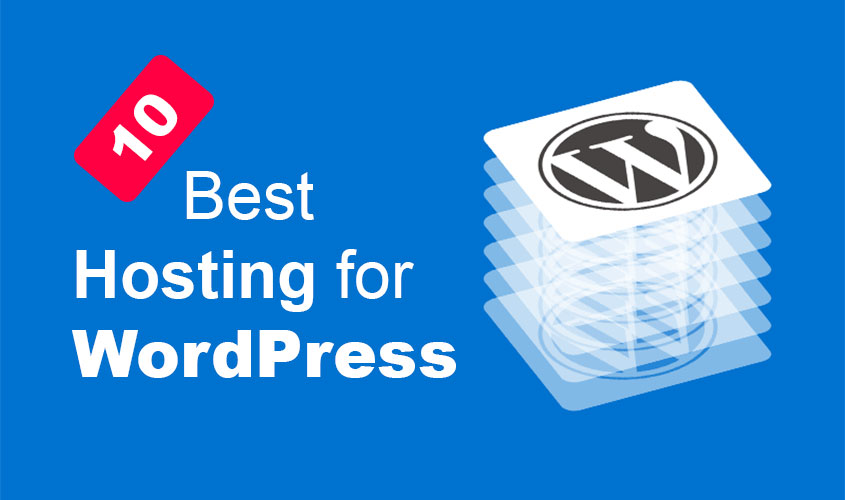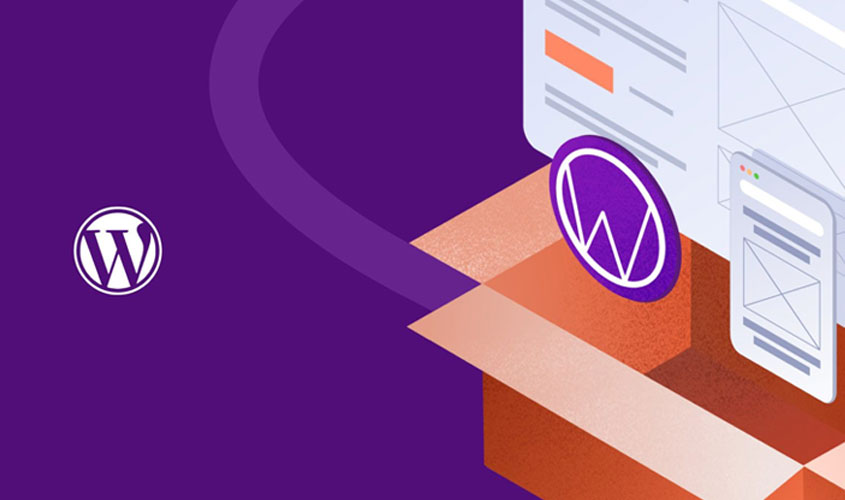Apache
Apache is a popular open-source web server software developed by the Apache Software Foundation. It is used to serve web pages and other content on the internet. Apache supports multiple operating systems such as Windows, Linux , Unix, and macOS.
Some key features of Apache include its ability to support multiple programming languages, such as PHP , Perl, and Python . Apache also supports secure connections using SSL/TLS protocols, and can be configured to handle multiple websites or virtual hosts on a single server.
One of the benefits of Apache is its modular architecture, which allows users to add or remove features as needed. Additionally, Apache has a large community of developers and users who contribute to its development and support, making it a widely used and well-supported web server software.
Apache is often used in conjunction with other open-source software such as MySQL and PHP , forming the popular LAMP stack ( Linux , Apache, MySQL, and PHP), which is widely used for web development and hosting.
IIS
IIS (Internet Information Services) is a web server software developed by Microsoft , used for hosting websites and web applications on Windows operating systems. It is included with the Windows Server operating system, and is also available as a standalone software package.
IIS supports multiple web protocols, including HTTP, HTTPS, FTP, SMTP, and NNTP. It also supports multiple programming languages, such as ASP.NET, PHP, and Python . IIS is highly configurable and can be customized to fit specific hosting requirements.
Some key features of IIS include its support for multiple application pools, which allow web applications to be isolated from each other for security and stability. It also supports web farm management for load balancing and high availability, as well as URL rewriting and redirection for better search engine optimization (SEO).
IIS also includes security features such as request filtering, IP and domain restrictions, and SSL/TLS encryption for secure connections. It also integrates with other Microsoft technologies such as Active Directory for authentication and authorization.
IIS is widely used in enterprise environments due to its integration with Windows Server and other Microsoft technologies. It is also a popular choice for hosting websites and web applications that use Microsoft technologies such as ASP.NET.
NGINX
NGINX is a popular open-source web server software used for serving web content and reverse proxying. It was developed to handle high traffic websites and is known for its high performance, scalability, and reliability.
Some key features of NGINX include its ability to handle thousands of concurrent connections, its ability to serve static and dynamic content, and its support for various web protocols such as HTTP, HTTPS, and SPDY.
NGINX can also be used as a reverse proxy, which means it can act as an intermediary between clients and servers to distribute traffic, improve security, and provide additional features such as load balancing, caching, and SSL/TLS termination.
NGINX is highly customizable and modular, with a vast library of third-party modules available for additional functionality. It also has a simple and easy-to-use configuration syntax, making it easy to configure and deploy.
NGINX is used by some of the world’s largest websites and online services, including Netflix, Airbnb, and Dropbox. It is also widely used as a load balancer and reverse proxy in front of other web server software such as Apache and IIS.
Apache Tomcat
Apache Tomcat is an open-source web server and servlet container software developed by the Apache Software Foundation. It is used for hosting Java web applications and is known for its stability, scalability, and performance.
Tomcat is a Java-based web server and servlet container, which means it provides a runtime environment for running Java web applications. It supports the Java Servlet API , JavaServer Pages (JSP), and Java Expression Language (EL). Tomcat can also be used as a standalone web server or integrated with other web server software such as Apache or IIS.
Some key features of Tomcat include its support for multiple web protocols such as HTTP, HTTPS, and AJP, and its ability to handle multiple web applications simultaneously. It also supports clustering and load balancing for high availability and scalability.
Tomcat is highly configurable and can be customized to fit specific hosting requirements. It has a simple and easy-to-use configuration file, making it easy to configure and deploy.
Tomcat is widely used by developers and enterprises for hosting Java web applications. It is also used in conjunction with other open-source software such as Apache and MySQL to form the popular LAMP stack (Linux, Apache, MySQL, and PHP).
lighttpd
lighttpd (pronounced “lighty”) is an open-source web server software designed for high-performance and low memory usage. It is often used for serving static content and as a reverse proxy server for dynamic content.
Some key features of lighttpd include its ability to handle large numbers of connections simultaneously, its fast response times, and its support for various web protocols such as HTTP, HTTPS, and FastCGI. It also has built-in support for URL rewriting, virtual hosting, and SSL/TLS encryption.
lighttpd is highly customizable and modular, with a vast library of third-party modules available for additional functionality. It also has a simple and easy-to-use configuration syntax, making it easy to configure and deploy.
lighttpd is widely used for serving static content and as a reverse proxy server for dynamic content, especially for high-traffic websites and web applications. It is also popular in embedded systems and other environments where low memory usage and high performance are important factors.











